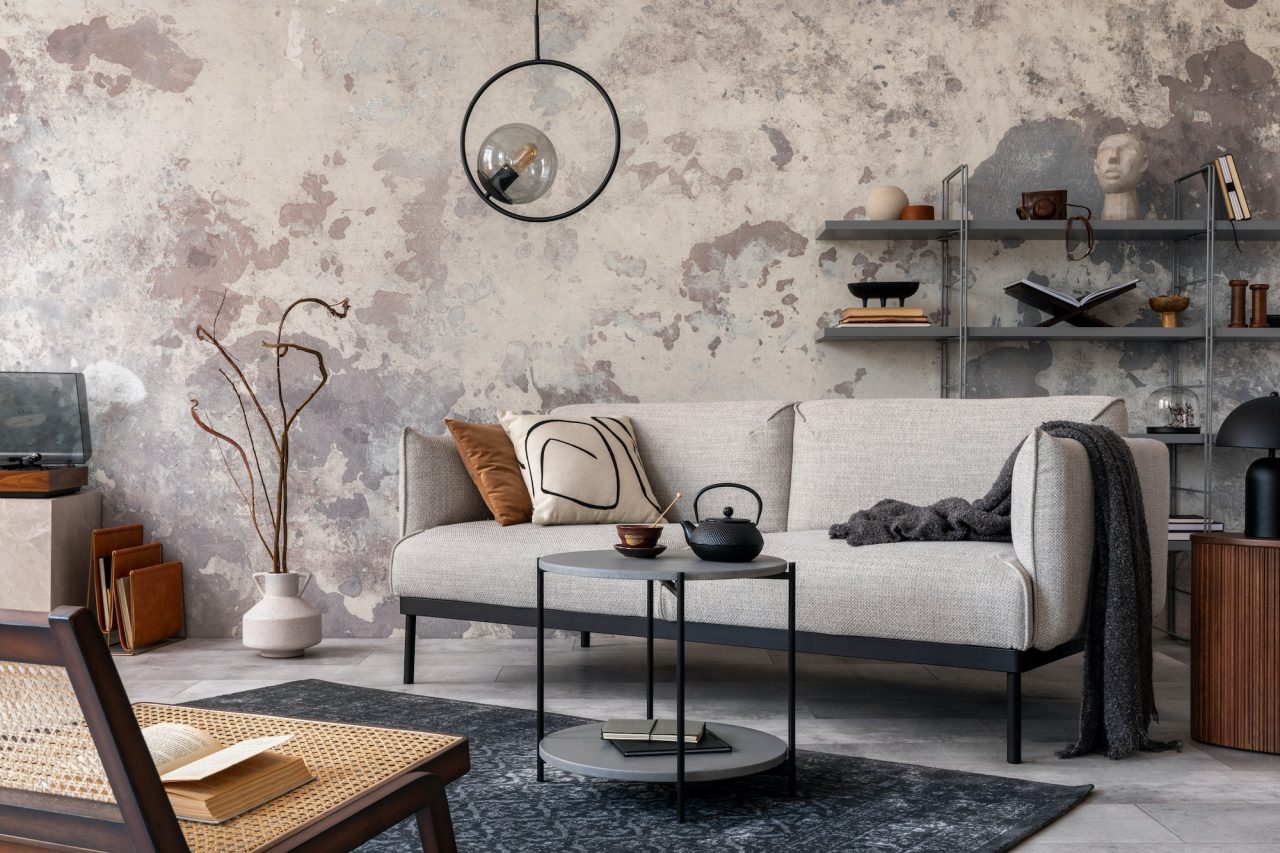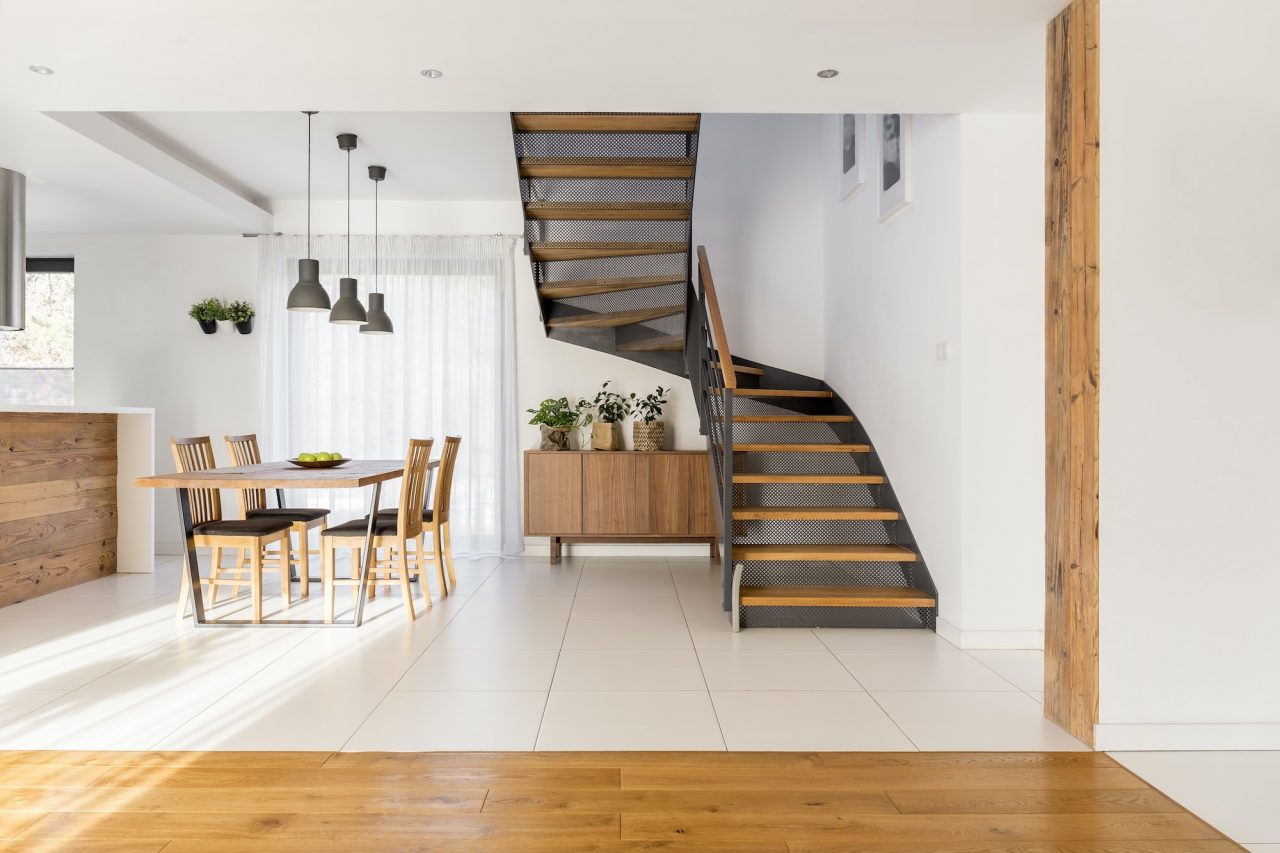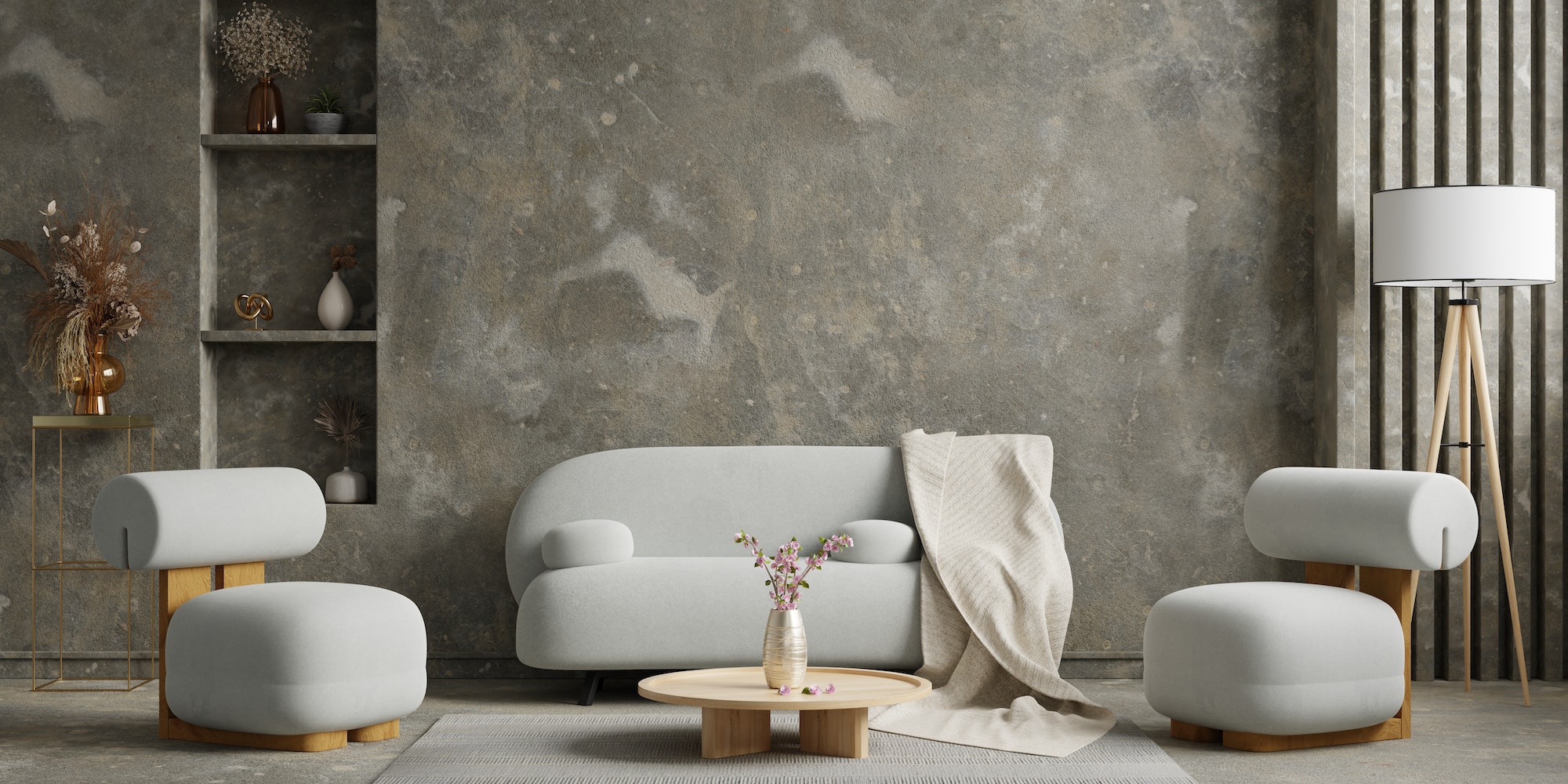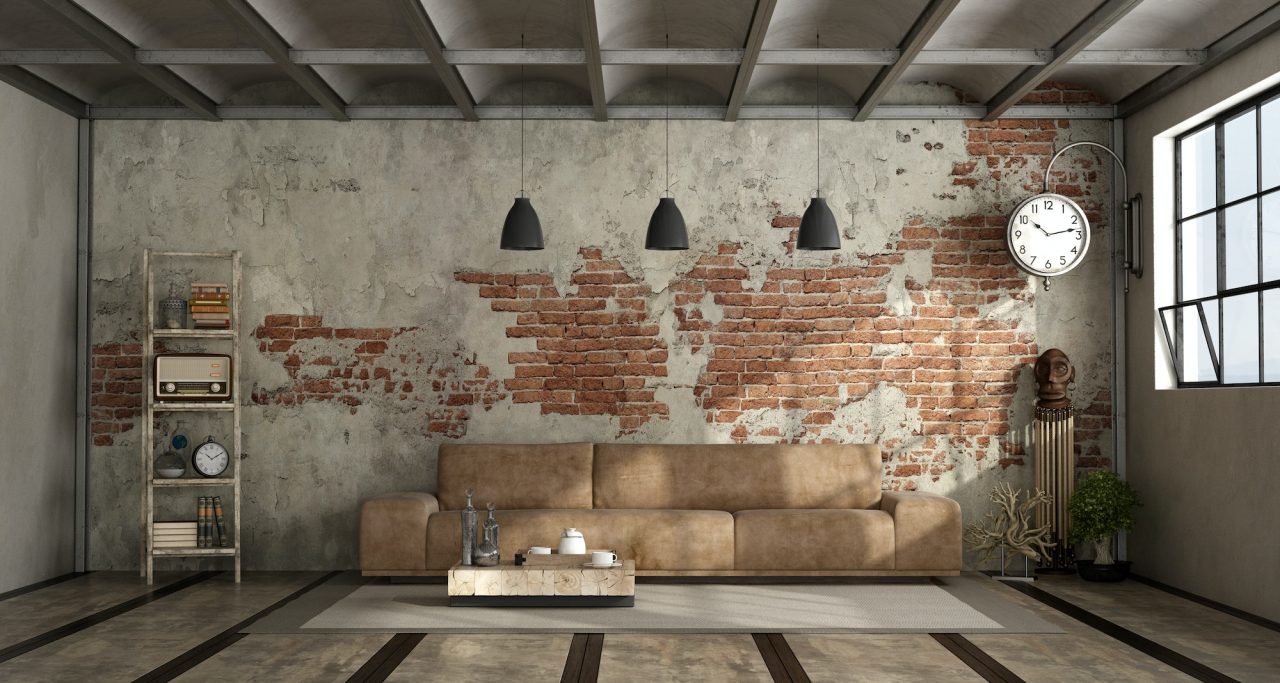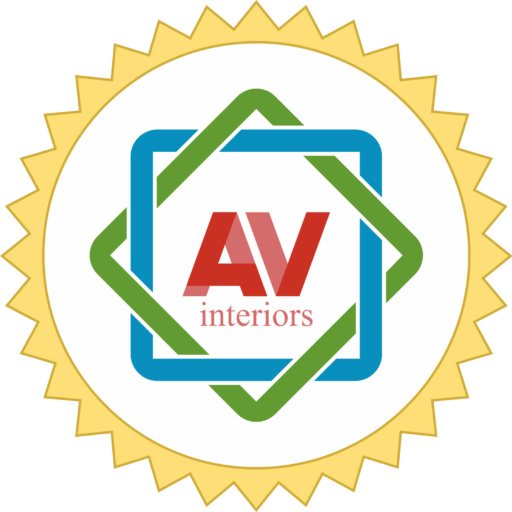When space is at a premium, finding the perfect coffee table for your small living room can feel like a challenge. The right coffee table not only enhances the aesthetics of your room but also provides functionality without overwhelming the space. Here are some of the best coffee table designs tailored for compact living areas.
1. Nesting Coffee Tables
- Design Features: A set of smaller tables that can be tucked under each other when not in use.
- Why It Works: Offers versatility and space-saving functionality. Pull them out for extra surface area during gatherings and slide them back when you need more floor space.
- Best For: Multi-purpose living rooms and flexible layouts.
2. Lift-Top Coffee Tables
- Design Features: A tabletop that lifts to reveal hidden storage and can double as a workspace or dining surface.
- Why It Works: Combines storage and functionality, making it ideal for small spaces.
- Best For: Studio apartments or living rooms doubling as workspaces.
3. Glass Coffee Tables
- Design Features: Transparent glass tops with sleek metal or wooden frames.
- Why It Works: Creates the illusion of more space and keeps the room looking open and airy.
- Best For: Modern or minimalist interiors.
4. Ottoman Coffee Tables
- Design Features: Upholstered surface that doubles as a coffee table and additional seating.
- Why It Works: Provides multi-functionality and a soft aesthetic for cozy spaces.
- Best For: Family-friendly living rooms or spaces with a casual vibe.
5. C-Shaped Coffee Tables
- Design Features: A compact table with a slim base that slides under sofas or chairs.
- Why It Works: Perfect for holding snacks, drinks, or a laptop without taking up much floor space.
- Best For: Ultra-small living rooms or sectional sofas.
6. Round Coffee Tables
- Design Features: Circular tables with no sharp edges, often with open bases.
- Why It Works: The curved shape maximizes space and improves flow, making it easier to navigate around the table.
- Best For: Living rooms with tight walkways.
7. Foldable or Collapsible Coffee Tables
- Design Features: Tables that can be folded or collapsed when not in use.
- Why It Works: Ideal for saving space and flexibility.
- Best For: Multi-functional rooms or occasional use.
8. Storage-Packed Coffee Tables
- Design Features: Includes built-in shelves, drawers, or compartments.
- Why It Works: Maximizes utility by offering a place to store books, magazines, and remote controls.
- Best For: Small spaces that need organization.
Tips for Choosing the Perfect Coffee Table for a Small Space
- Measure First: Always measure your living room and choose a table that fits comfortably without overcrowding.
- Prioritize Functionality: Look for designs that serve multiple purposes, like storage or additional seating.
- Go Light and Bright: Opt for lighter colors or materials like glass to create an airy feel.
- Think Proportions: Choose a table that’s proportional to your sofa and other furniture.
Conclusion
A small living room doesn’t mean you have to compromise on style or functionality. With the right coffee table, you can make the most of your space while keeping it stylish and practical. Which of these designs will you choose for your small living room?
1. Define Your Style and Needs
- Start with Inspiration: Browse through magazines, Pinterest boards, and interior design websites to identify styles that resonate with you.
- Assess Your Needs: Consider the scope of the project. Are you redesigning a single room or your entire home?
- Set a Budget: Decide how much you’re willing to spend and keep this in mind when selecting a designer.
2. Research Potential Designers
- Online Portfolios: Look at designers’ previous work on their websites or social media profiles.
- Client Reviews: Read testimonials and reviews to gauge client satisfaction.
- Recommendations: Ask friends, family, or colleagues for referrals.
3. Interview Multiple Designers
- Initial Consultation: Schedule meetings to discuss your project and see if their style aligns with your vision.
- Ask the Right Questions:
- What is your design process?
- Can you provide references?
- How do you charge for your services?
- Evaluate Chemistry: A good working relationship is crucial for a successful project.
4. Understand Pricing and Contracts
- Fee Structures: Designers may charge hourly, flat fees, or as a percentage of the project cost.
- Detailed Contracts: Ensure the contract outlines services, timelines, and payment terms.
5. Collaborate and Communicate Effectively
- Be Open and Honest: Share your ideas, preferences, and budget constraints clearly.
- Stay Involved: Regularly review progress and provide feedback to ensure the project stays on track.
- Trust Their Expertise: While it’s important to voice your preferences, trust the designer’s professional judgment.
6. Plan for the Project Timeline
- Realistic Expectations: Understand that good design takes time. Factor in potential delays for sourcing materials or construction.
- Set Milestones: Work with your designer to establish key project milestones to stay organized.
7. Finalize and Enjoy Your New Space
- Inspection: Walk through the finished project with your designer to ensure everything meets your expectations.
- Feedback: Share your experience with the designer and provide reviews if you’re satisfied with their work.
- Celebrate: Enjoy your newly designed space and the comfort it brings!
Common Mistakes to Avoid When Hiring an Interior Designer
- Skipping Research: Always vet potential designers thoroughly.
- Lack of Budget Clarity: Unclear budgets can lead to misaligned expectations.
- Poor Communication: Regular check-ins can prevent misunderstandings.
Conclusion
Finding the perfect interior designer may take time and effort, but the results are worth it. By following these steps, you can ensure a smooth and successful collaboration that transforms your home into your dream space. Ready to begin your design journey?

